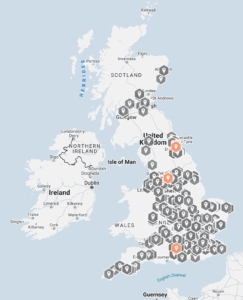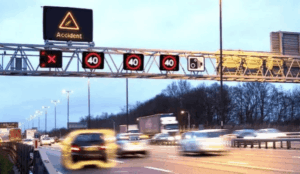The car maker Volkswagen is promoting a solution it says merges the virtual and real worlds, saying it makes a head up display affordable to many customers.
It says that it has decided to include its augmented reality head-up display in a high-selling volume model, continuing its strategy of offering high-tech features at affordable prices.
“We have introduced a genuine innovation in series production,” says Frank Welsch, member of the Board of Management for Development. “And we have done this not in a premium vehicle, but in the compact models of the all-electric ID. family. Making pioneering technologies available to a large number of customers is a core competency of Volkswagen.”
The augmented reality head-up display projects t information onto the windscreen – separated into two fields and levels. The large window for the dynamic displays is located in the driver’s field of view at a virtual distance of around 10 metres and showing information from the assist systems as well as the turn arrows and starting points and destinations of the navigation system.
The close-range window is located as a flat band under the large far-range window. This shows the driving speed, road signs, and assist and navigation symbols as static displays. They appear to float around three metres in front of the driver.
All displays are positioned in line with the real world outside the vehicle and are shown dynamically. When the vehicle approaches a junction where it should turn off according to the navigation route, the driver sees two indications: in the first step, an advance notification on the road level, and then three arrows located at the junction. The closer the driver gets to the junction, the larger the arrows become. At the same time, their textures fade in order to ensure a clear view of the road. When developing all displays, Volkswagen says it followed the basic concept of “Less is more”, meaning that the driver is not overwhelmed with distracting information under any circumstances.
The Lane Assist function is also visualised in the far-range window: if the vehicle moves closer to a boundary line at the edge of the road without indicating, this line is displayed in orange. Two green lines appear after switching on Travel Assist, which keeps the car in the middle of the lane. When following another vehicle, the display marks the vehicle in front with a coloured stripe as soon as Adaptive Cruise Control (ACC) or Travel Assist is activated. When the assist systems are switched off, the driver sees a red warning signal if they drive dangerously close to the vehicle in front.
The technology will be launched in VW’s ID.4.
(Picture – Volkswagen)






















